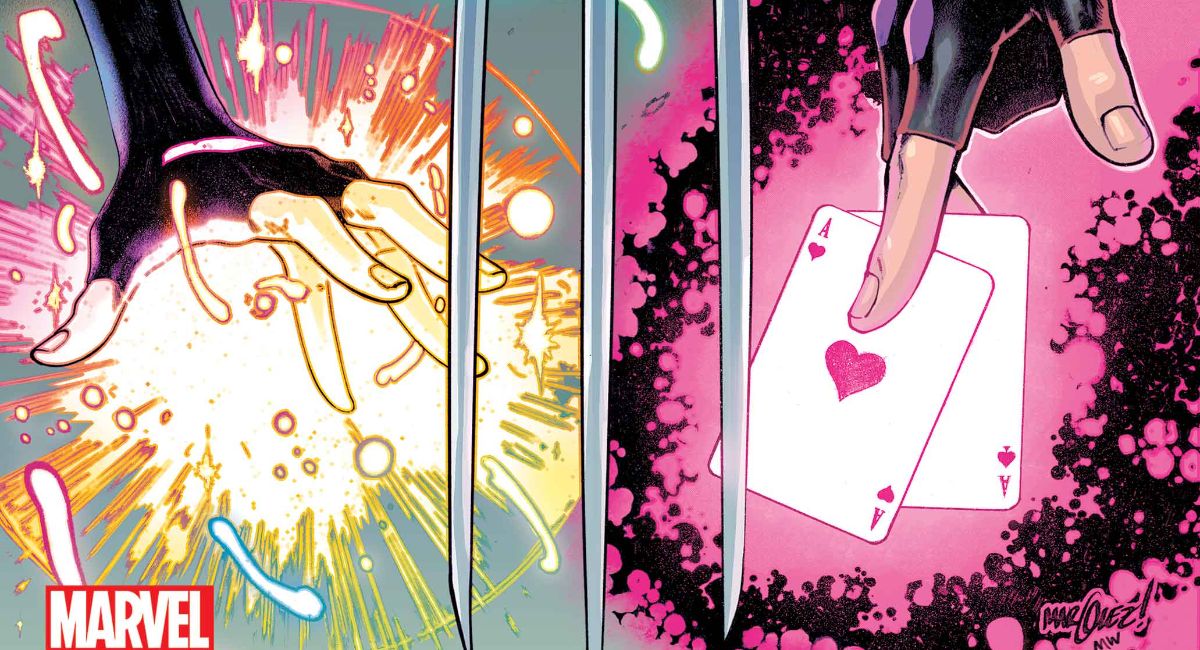[When visiting the German-language sites below, I suggest using Google Chrome, or another web browser which allows for easy translation of German. And if you read only one thing from this post, it should be this.]
Guten Tag!
Germany… it’s a bit of a conundrum in Continental comics.
Smack dab in the middle of Europe, it gets a lot of comics imported from other countries, mostly from neighboring Belgium and France. It has a bit of a comics tradition, especially with “Sarkasmus”. Satirical and social commentary, usually featuring tricksters, has been a literary tradition of Germany since at least Til Eulenspiegel, and even the official comics museum in Hannover, Deutsches Museum für Karikatur und Zeichenkunst Wilhelm Busch, features as much emphasis on caricature and editorial cartoons as it does on comics.
Yet, with numerous outlets for comics for both children and adults (Micky Maus Magazin sold over a million copies weekly at its peak, and there are numerous comics aimed at adults), there haven’t been many notable comics produced until recently. However, with the rise of the Internet and the worldwide popularity of manga, coupled with American publishers acquiring titles which are then licensed worldwide, there is a vibrant comics scene in Germany, and many titles worthy of export.An interesting ripple… A lot of Germans speak and read English, as the two languages are closely related linguistically, and many students learn it early in school. It is not uncommon to walk into a German comics shop and see a wall full of the latest Wednesday comics imported from the U.S. (actually Diamond UK). Fans, regardless of nationality, hate to wait for the translation, and will read the comics in the original American. Does this impact the circulation of the licensed translations? Probably not… as with America, there seems to be two markets: comics shops aimed at collectors, newsstands aimed at the general reader. Generally, with the superhero soap opera comics, the German publisher will collect multiple issues into an omnibus-style magazine, either as a thick digest, or a slimmer square-bound magazine. (Click the Panini link below for examples.)
So, here’s a brief introduction, with a few suggestions for further exploration if you’re curious.
In English:
The Goethe Institute has a great introductory website for German comics! (It also includes links to various sites and publishers.)
- An independent cultural organization funded in part by the German government.
- 160 locations in 94 countries worldwide. In the U.S.: San Francisco, Los Angeles, Chicago, DC, New York City, Boston. Each location has a library.
- And an online library catalog! (76 “comics” titles at NYC! 564 worldwide!)
[Anyone have a list of German comics translated into English?]
Wer ist wem? (Who’s who)
Rupolphe Töpffer, from Geneva, Switzerland, is one of the forefathers of comics, creative during the first half of the Nineteenth Century. Writing originally in French, his influence spread to Germany and the United States. (The University Press of Mississippi has published two massive volumes on his work.)
Wilhelm Busch is the godfather of German comics. An illustrator and writer, he is best known for “Max und Moritz”, a cautionary tale of two scamps. (You can read an old English translation here.) His satirical poetry caused many an uproar, and he was censored for satirizing the hypocrisy of the Catholic church.
Dr. Erika Fuchs is the second-most influential person in German comics. From 1951 until retiring in 1988, she was the chief editor and translator of Disney comics in Germany. Her high standards and references to classical German texts gained her renown among Disney fans. Her use of verbs as onomatopoeia and soundless events (such as “shiver” or “gulp”) has influenced Internet chat dialogue in Germany, where the use of such terms (such as *runs away*) is known as Erikativ. (A detailed explanation for grammaticists, linguists, and Donaldists can be found here, with animated comparisons between the original English comics and German translations. Please note that Disney comics no longer use machine lettering.)
Where should you go?
Here’s a “Comics Messe” list of conventions in German-speaking Europe.
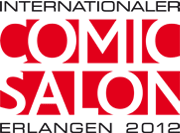
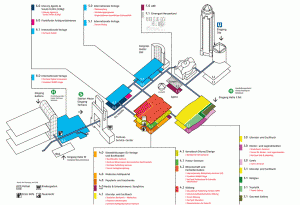
The other big show? The Frankurt Book Fair. A massive publishing trade show, they allow the public in on the weekend. Since comics have always been popular, publishers and organizers know to schedule events to entice fans. They even host the German Cosplay championship! Of course, there’s also an award: the annual Deutsche Cartoonpreis.
Since 2006, the Frankfurt Book Fair and Carlsen Verlag have awarded the “German Cartoon Prize for new talent”. Since 2012 the “German Cartoon Prize” in categories A and B have been awarded.
“A” stands for cartoonists who have not yet published a book. “B” is for cartoonists who have already published at least one book.
You can buy the anthology book here. Here are the winners from last year:
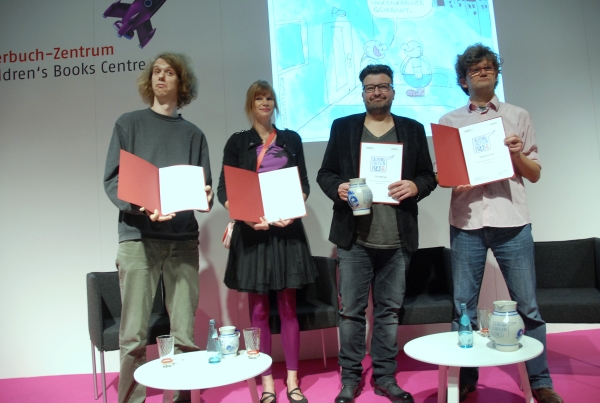
A museum:
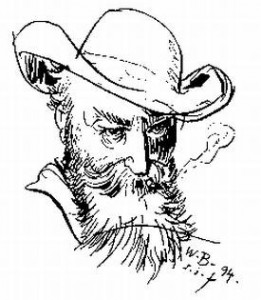
In addition to the greater part of Wilhelm Busch’s complete artistic oeuvre, the German Museum for Caricature and Graphic Art in the George Garden in Hannover is home to a collection of more than 35.000 works by internationally celebrated representatives of the art of pictorial satire.
Among those represented are such great names from the past as Hogarth, Daumier, Grandville and Goya, as well as popular “modern classics” of the world of humour such as Ungerer, Sempé and Loriot. And of course, Wilhelm Busch simply can’t be left out.
Want to follow what’s going on NOW in German comics?
An online retailer.
(Yeah, Amazon also has a German branch…)
Free Comic Book Day in Germany!
34 titles! (Wow! That French “Beauty and the Beast” comic looks amazing!)
Newspapers and news sites covering comics!
- Der Tagesspiegel (Here’s a link to their Best of 2014 titles.)
- Süddeutschen Zeitung
- Spiegel
- A German webcomics portal!
MyComics.de, a very robust comics site! (Their blog!)
- Zack Magazine “The magazine of European comics culture” They also publish graphic albums, mostly French comics.
- Comicforum Yup. An online forum for German comics! (And all the other stuff comics geeks follow!)
- Animexx.de A German online site for fans of manga, anime, and Japanese culture.
- Graphic Novels A German news blog about graphic novels.
A brief listing of German publishers:
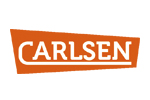
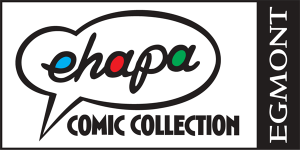

Reprodukt is a publisher of liter
Avant Verlag is a general publisher, but has a very strong catalog of original German graphic novels, as well as imports.
Tokyopop [No! Really!] Apparently, Kodansha and Viz haven’t figured out the German market yet, so Tokyopop has the German licenses for Deathnote, Bleach, Hetalia… as well as publishing local talent.
And some recommendations:
- Haarmann (Hardcover) von Peer Meter, Isabel Kreitz
“Fritz Haarmann, one of the most brutal serial killer in Europe, worked as an informant for the Hanover police. Night after night he roamed the waiting rooms of the station looking for young, unaccompanied men. With the help of his police identification card he could gain the trust of his victims. He led them to his apartment, raped them and with a sexual frenzy, bit them in the throat.” (One of the inspiration for “M”, and the subject of Fassbinder’s “The Tenderness of Wolves”.)
- Genius of Wilhelm Busch: Comedy of Frustration by Wilhelm Busch; translated by Walter Arndt
Readily available in the United States. English translation of Busch’s work.
- Deutsche Welle has a nice video report on a travelling exhibition of German comics art, which I can’t embed. Here’s the catalog to the exhibition. (Here’s hoping it crosses the pond!)
- E. O. Plauen was a popular, and tragic, figure in German cartooning. A master of the silent cartoon, best known for Vater und Sohn, he was arrested by the Nazi regime in 1944 and committed suicide the day before his trial.
- An actual professional organization! Der Interessenverband Comic, Cartoon, Illustration und Trickfilm e.V. ICOM. They represent cartoonists, comics creators, and animators as a trade group, publishing guidelines and promoting the craft.
- And finally…. from 2011, a book list from the Frankfurt Book Fair which inspired this post! “Borders”.
- …and another list from 2013, in German AND English!
Comics in German have now made it into the mainstream of society. For this reason, more and more publishers are now showing an interest in the new forms of storytelling that are unique to this illustrated genre. Our selection demonstrates this with a wealth of new names, who represent a broad spectrum of both subject matter and graphical techniques. It was the term “graphic novel” that first broke the ice. Booksellers and readers alike expect that the comics listed under this heading will offer meaningful content as well as a wide diversity of styles. For instance, it is now just as common to see journalism in comic form as it is to find experimental design work in terms of page architecture or picture structure.
At the same time, an intriguing development can be seen with the rapid growth in the number of literary adaptations. This means comics are tapping into entirely new strata of readership.
They are now gaining some cachet among the sort of booklovers who would, until now, have been sceptical of the quality of their subject matter.
From fairy tales to novellas and novels, every literary genre now seems to provide a suitable challenge for the comics illustrator. Publishers such as Suhrkamp and Edition Büchergilde have even launched their own special comics series for adaptations of famous works.
German-language comics have therefore broken into a field that was hitherto covered only by foreign language publications. And new opportunities are emerging for illustrators, who for years have complained about the dearth of good stories. The enthusiastic reactions of readers and critics alike to the new works make it clear that the comic has now arrived in the German book market[Heilig Bimbam! Emil and the Detectives!?!]
- …and another from 2014! And the 2015 edition!


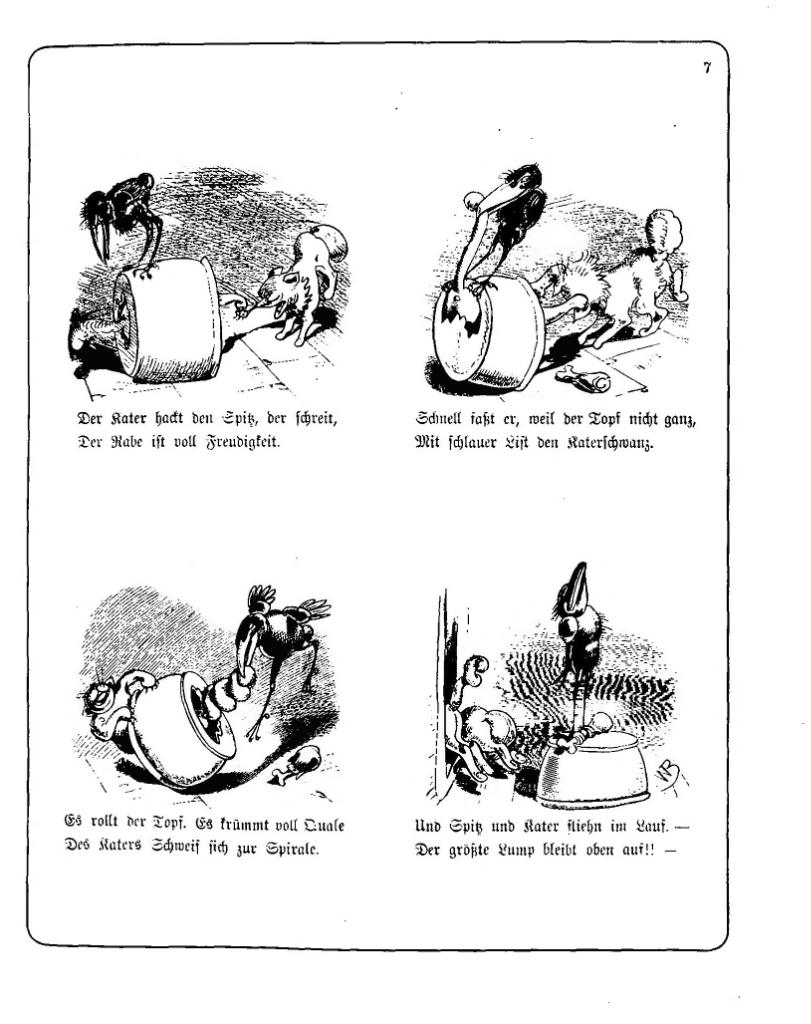
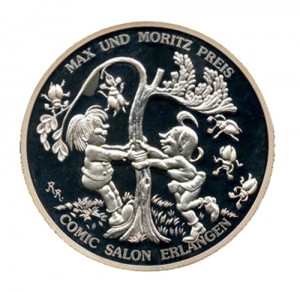
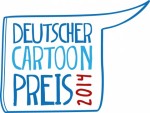
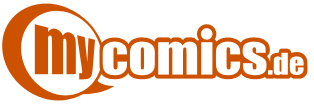 MyComics.de
MyComics.de


